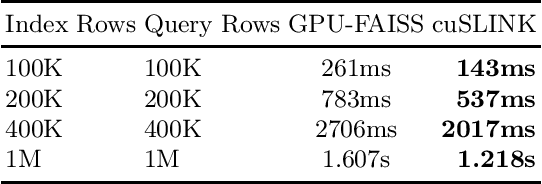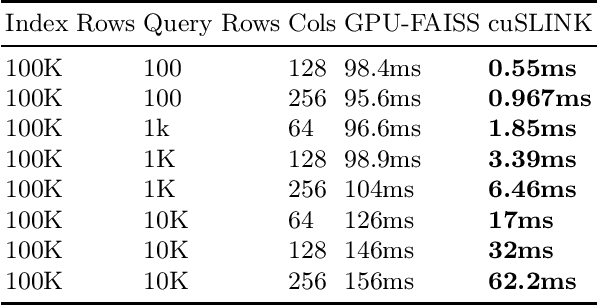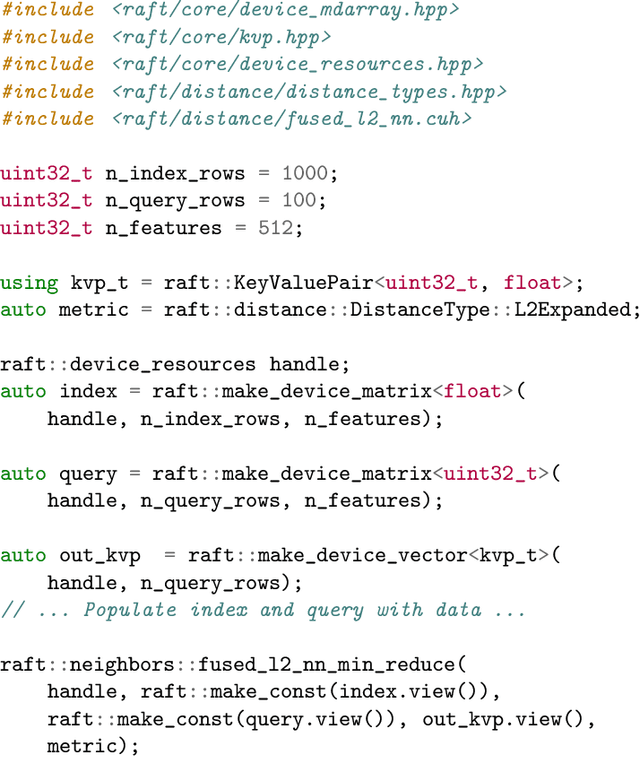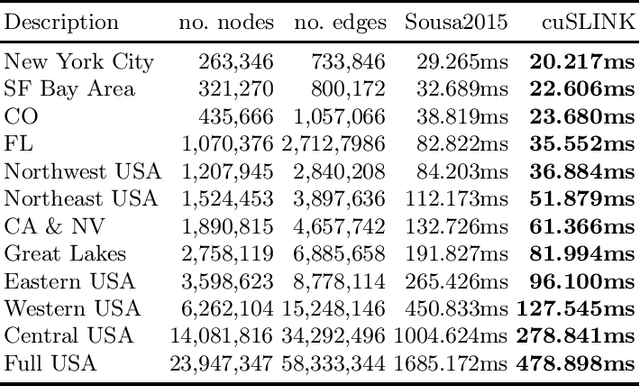Alex Fender
Accelerating Vehicle Routing via AI-Initialized Genetic Algorithms
Apr 08, 2025Abstract:Vehicle Routing Problems (VRP) are an extension of the Traveling Salesperson Problem and are a fundamental NP-hard challenge in combinatorial optimization. Solving VRP in real-time at large scale has become critical in numerous applications, from growing markets like last-mile delivery to emerging use-cases like interactive logistics planning. Such applications involve solving similar problem instances repeatedly, yet current state-of-the-art solvers treat each instance on its own without leveraging previous examples. We introduce a novel optimization framework that uses a reinforcement learning agent - trained on prior instances - to quickly generate initial solutions, which are then further optimized by genetic algorithms. Our framework, Evolutionary Algorithm with Reinforcement Learning Initialization (EARLI), consistently outperforms current state-of-the-art solvers across various time scales. For example, EARLI handles vehicle routing with 500 locations within 1s, 10x faster than current solvers for the same solution quality, enabling applications like real-time and interactive routing. EARLI can generalize to new data, as demonstrated on real e-commerce delivery data of a previously unseen city. Our hybrid framework presents a new way to combine reinforcement learning and genetic algorithms, paving the road for closer interdisciplinary collaboration between AI and optimization communities towards real-time optimization in diverse domains.
cuSLINK: Single-linkage Agglomerative Clustering on the GPU
Jun 28, 2023



Abstract:In this paper, we propose cuSLINK, a novel and state-of-the-art reformulation of the SLINK algorithm on the GPU which requires only $O(Nk)$ space and uses a parameter $k$ to trade off space and time. We also propose a set of novel and reusable building blocks that compose cuSLINK. These building blocks include highly optimized computational patterns for $k$-NN graph construction, spanning trees, and dendrogram cluster extraction. We show how we used our primitives to implement cuSLINK end-to-end on the GPU, further enabling a wide range of real-world data mining and machine learning applications that were once intractable. In addition to being a primary computational bottleneck in the popular HDBSCAN algorithm, the impact of our end-to-end cuSLINK algorithm spans a large range of important applications, including cluster analysis in social and computer networks, natural language processing, and computer vision. Users can obtain cuSLINK at https://docs.rapids.ai/api/cuml/latest/api/#agglomerative-clustering
 Add to Chrome
Add to Chrome Add to Firefox
Add to Firefox Add to Edge
Add to Edge